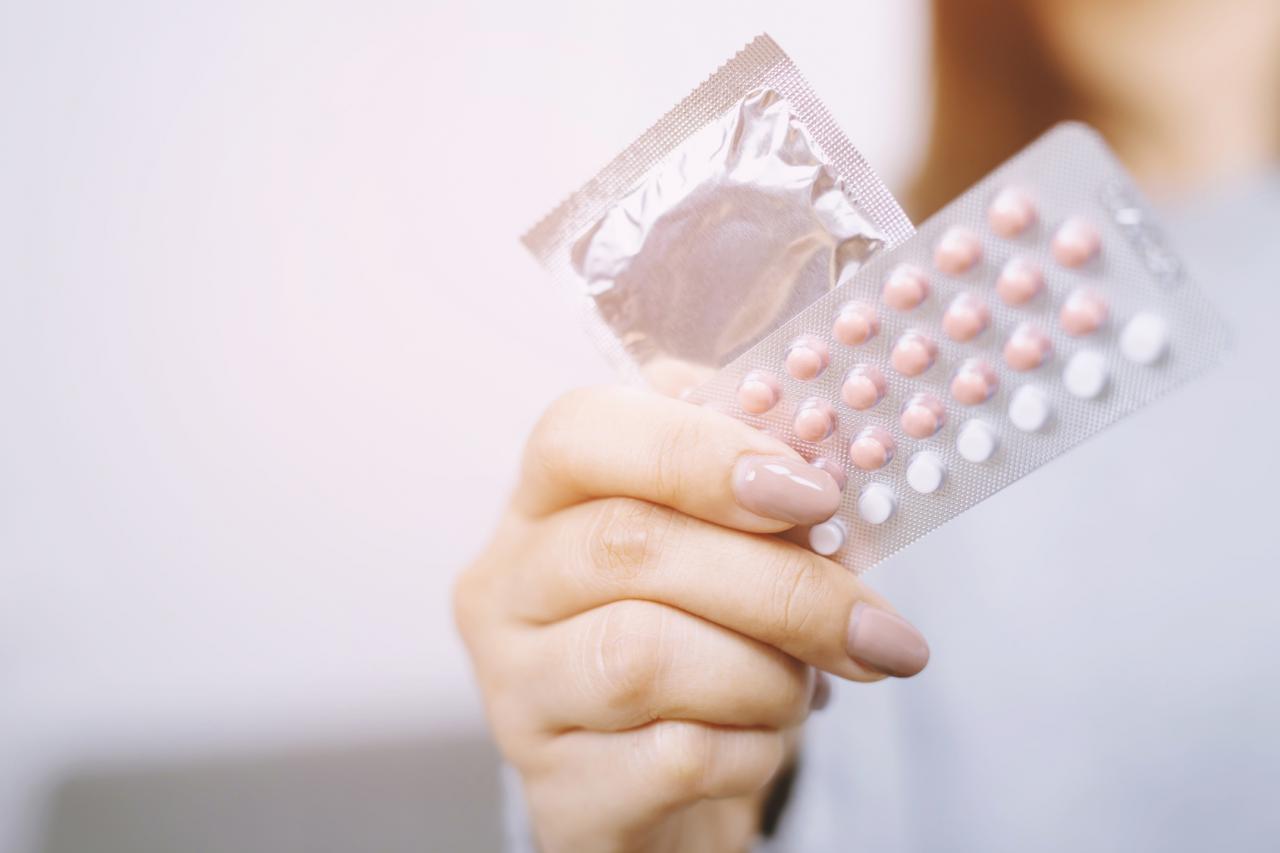The more you learn about medicine and science, the more you should think, nothing is impossible. Menopause can happen to children, people who've never smoked can get lung cancer, and one in 10,000 people (including actress Catherine O'Hara) have their liver on the left side of their body (situs inversus). It should not surprise you then, to learn that men too can have endometriosis.
Without proper uteri, men clearly don't experience endometriosis in the same way as women. So where then does the endometrial tissue come from? According to a few case reports from the 1980s, endometriosis, or the abnormal location and presentation of endometrial tissue, can arise from remnant uterine tissue in men.
In other words, as the embryo divides in the womb and forms landmark ridges and clefts that separate female from male genetalia (a process that normally occurs between eight and 16 weeks gestation), the possibility exists for remnants of the opposite sex to remain behind.
This is, perhaps, what happened in one of the aforementioned case reports, an elderly man undergoing treatment with TACE (chlorotrianisene), an estrogen drug used to treat prostate cancer. The patient had been taking TACE for over 10 years for an adenocarcinoma of the prostate, when doctors found that he also had an endometrioma (mass of endometrial uterine tissue) of the lower abdominal wall. In the report, doctors denied the possibility of any remnant uterine tissue, but a postmortem exam/autopsy was never performed to confirm their theory.
If left-over uterine tissue was the answer, then perhaps feeding it estrogen through TACE treatment made it a more obvious find. The prostatic utricle, a barely noticeable out pouching in the portion of the urethra that passes through the prostate, is also the obliterated mullarian duct, an embryonic structure that also forms the uterus and fallopian tubes in little girls. So it makes sense that if this never went away (because remember, we all start with the parts of little girls), a common complication of female genital anatomy, endometriosis, is entirely possible.
Although there are no solid estimates of how common this condition is in men, it's probably safe to assume that it is rare. Like with many medical stories, including the ones on diseases that claim to be more common than you think or highly dangerous and under-diagnosed, sensationalism sells. We enjoy medical marvels because they are fascinating and dramatic. In other words, if you're a man reading this right now and are worried about your new onset abdominal pain, no need to race to the Ob/Gyn office. Chances are, you do not have a remnant uterus.
Sources:
Martin JD Jr, Hauck AE. Endometriosis in the male. Am Surg. 1985 Jul;51(7):426-30.





Add a Comment3 Comments
Thank you for writing this article. I have stage IV endometriosis. I have studied numerous theories on causes and many of them make sense. But this one makes a lot of sense. And, I will be sticking to a very strict diet, and a very strict regime of avoiding xeno-estrogens and foods with added artificial hormones from now on! I will take it more seriously! After all, if you are exposed to something in small amounts your whole life, and your cells are "at risk" then of course they are going to react. Makes perfect sense, and explains why young girls get it. It ties in with, and helps to support many other theories as well! Thank you for sharing.
May 18, 2017 - 12:48pmThis Comment
What you are describing here also sounds like PMDS (Pre-Mullerian Duct Syndrome). As someone who was born natally (to outward appearances) male, I have struggled with accepting that I could have a rare condition like this, but the evidence in my case is so overwhelming that a local intersex group welcomed me open arms into their group.
February 1, 2011 - 12:31amIt was enough of a struggle for me to admit I was transsexual. To find out in my mid-40s that my gender issues were because I was actually possibly a pseudohermaphrodite came as something of a shock. It shouldn't have.
Even though I fathered two girls, I have always had the sense that something was wrong down there. Smaller penis, high and tight scrotal sack, which I later found out was due to a significantly smaller retractile testicle that travels painfully through something the size and shape of a uterus on the left side (I had no idea that normal length is a scant 3 inches) and when I started taking estrogen on a cyclic level, the pressure of that cavity building up coinciding roughly with those cycles--about 4 days every two and a half weeks.
It's funny, but I realize now that I have had a sensation of cramping in that same spot since I was an adolescent, discovering, intuitively, that masturbation relaxed my suffering. That was something I forgot.
Coincident with the very real possibility and in probable connection to it and my rare type of cryptorchidism, I was sent to a specialist in another state at 9 years old for surgery for a distended bladder, a problem that I have found is more common in girls and I have a small prostate, minimum normal male length, left gonad size and testosterone production.
The procedures for cryptorchid children at birth includes the removal any endometrial tissue that is found. Because of that, and the fact that everything appears normal, I believe the condition is considered rarer than it should be because it goes undetected or is treated at birth.
-- Sophie Hawes
This Comment
Interesting information--would this simply be a variant of the 'metaplasia hypothesis' to explain female endometriosis, in which (some) peritoneal epithelial cells retain the embryonic ability to transform into endometrial cells, given the appropriate hormonal stimuli or lack of immune response?
Also, you note menopause in children--could you elaborate? I haven't been able to find any information on that.
March 17, 2010 - 2:13pmThis Comment